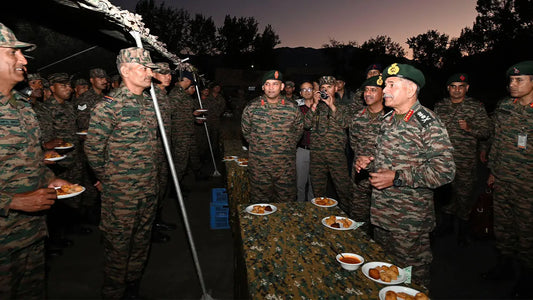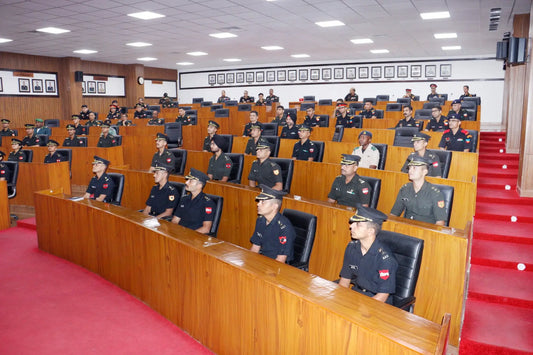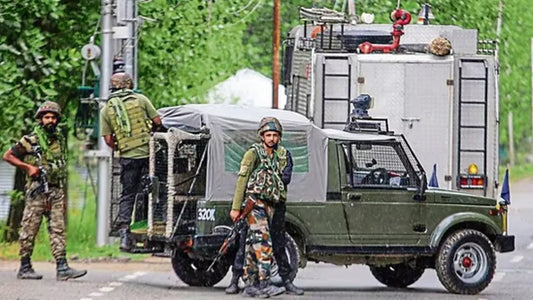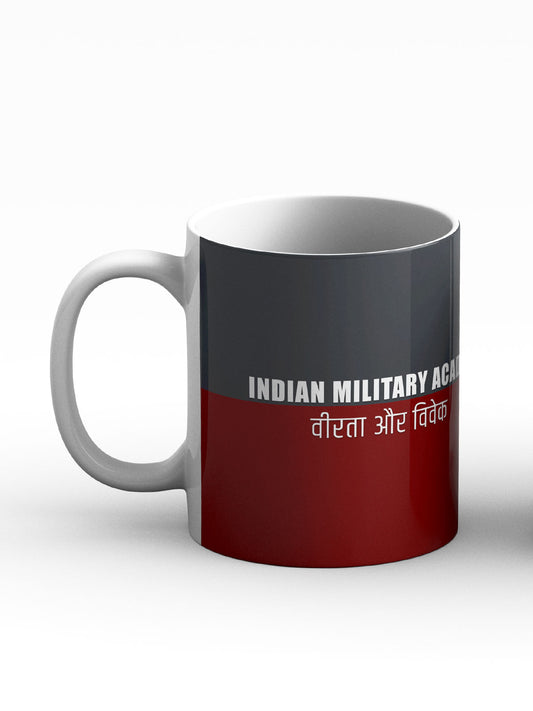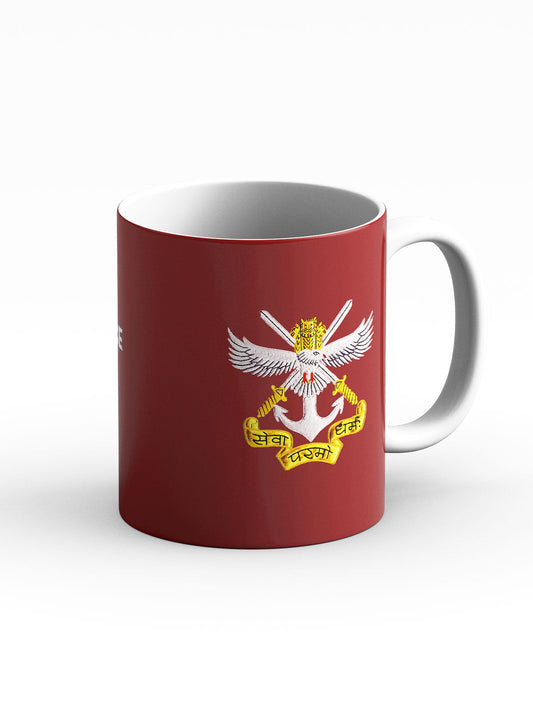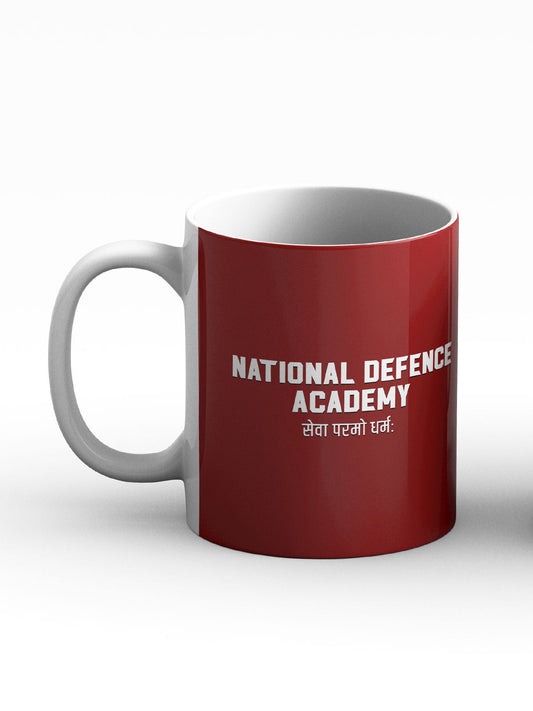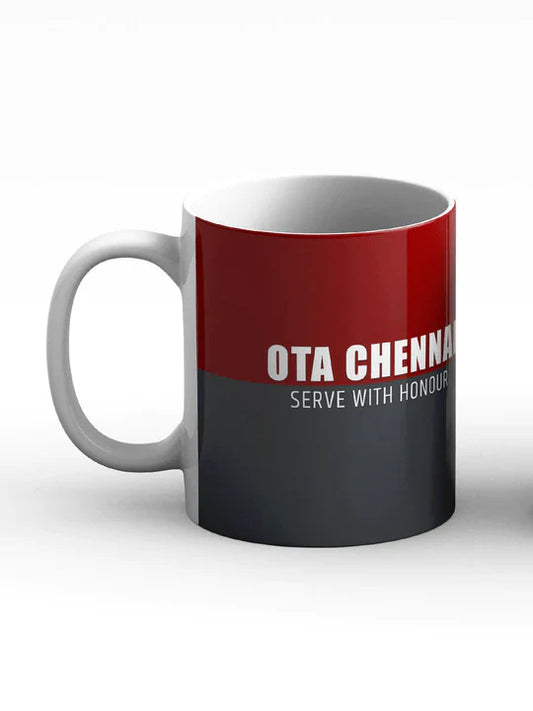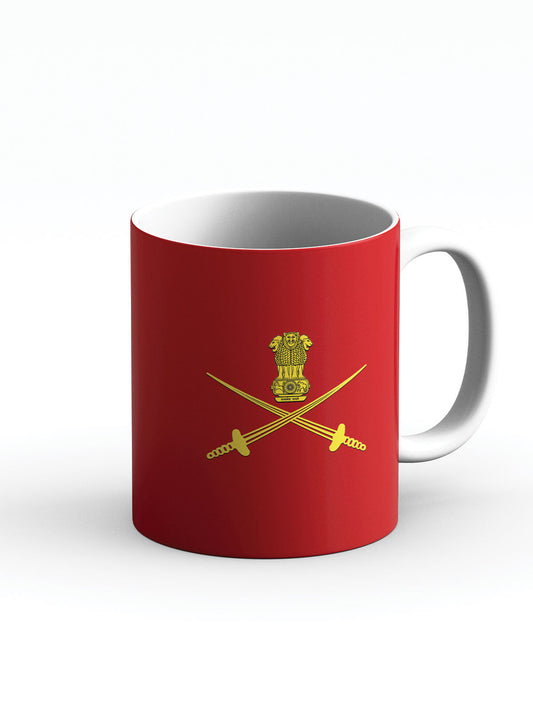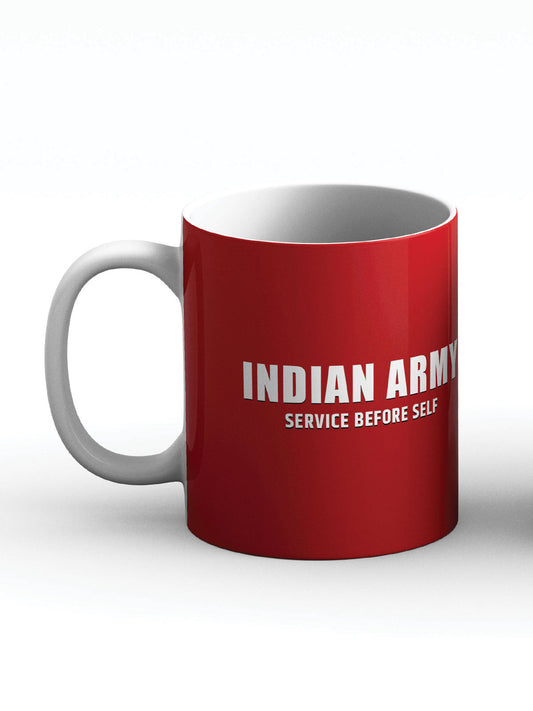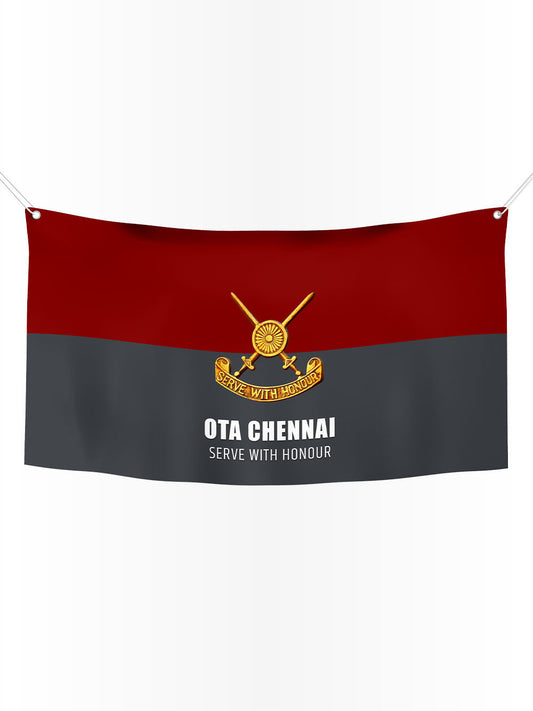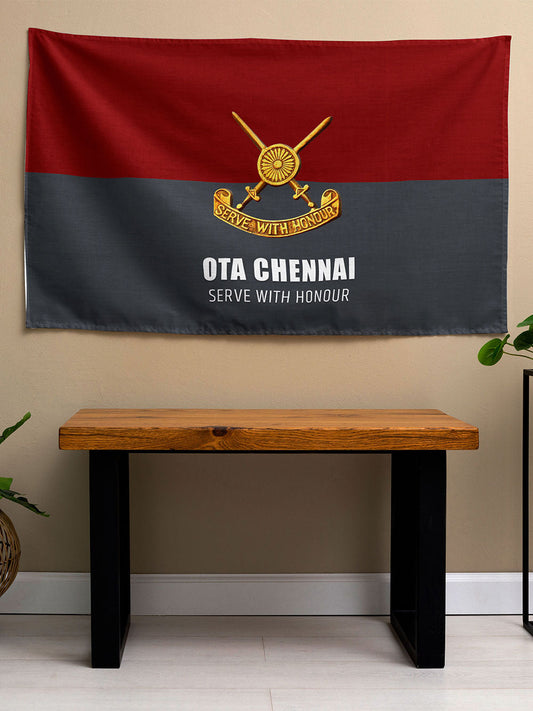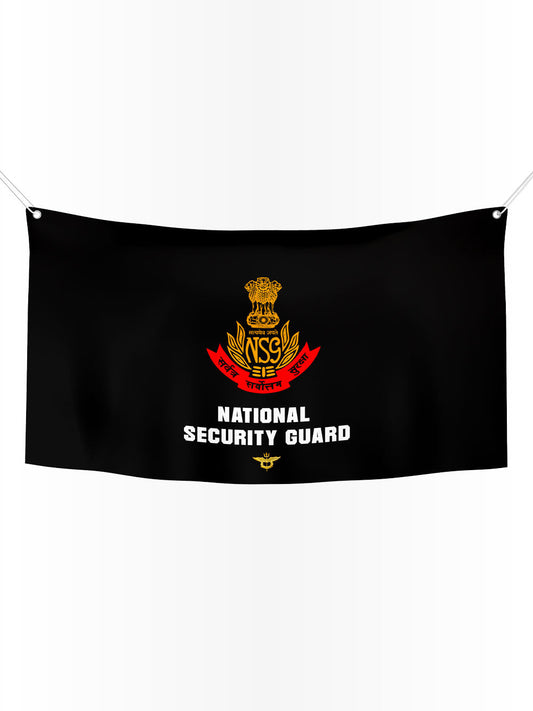Maintaining Military Honor: Correct Protocols for Veterans on Writing Rank and Name
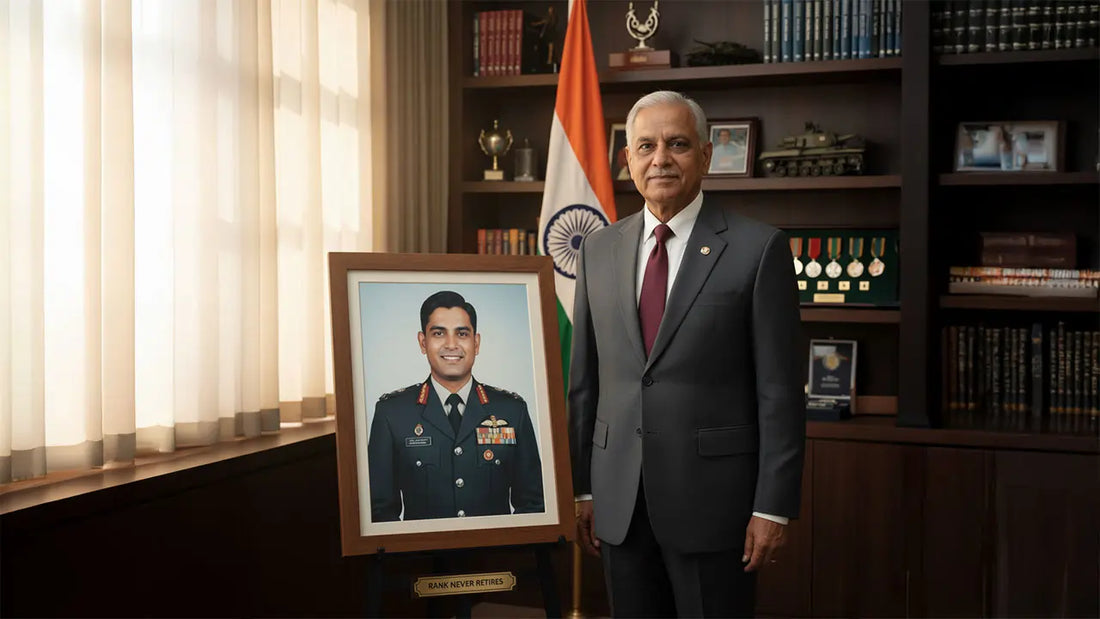
Within the Indian Armed Forces, particularly the Army, the phrase "Rank Never Retires" embodies a significant philosophy that acknowledges the lifelong dedication of military personnel. Grounded in constitutional provisions and supported by official directives, this principle permits veterans to retain and use their ranks even after retirement.
This practice not only pays tribute to their service but also serves as a constant reminder of their sacrifices for the nation. This comprehensive analysis explores the historical context, legal basis, official guidelines, practical applications, rank variations, etiquette norms, common misconceptions, and the broader implications for veterans in the Indian Army.
Historical and Philosophical Context
The idea that military rank persists beyond active duty has deep roots in military traditions globally, but in India, it became formally recognized after independence. The Indian Army, influenced by British colonial legacies and democratic principles, emphasizes that ranks are bestowed by the President of India, the supreme commander of the armed forces.
These ranks, earned through intensive training, combat experience, and leadership, are seen as permanent honors. The phrase "Rank Never Retires, the Officer Does" gained prominence in the early 2010s, particularly following a 2014 Indian Army circular that clarified usage norms.
This philosophy reflects the belief that military service imparts a lasting identity, promoting camaraderie among veterans and inspiring future generations. Historically, similar practices existed in pre-independence forces, but post-1947, the Constitution formalized this, differentiating military titles from prohibited hereditary or aristocratic ones.
This principle aligns with global military customs; for instance, retirees in the U.S. or U.K. armed forces often use ranks similarly. In India, it also resonates with cultural values of respect for elders and warriors, akin to ancient texts like the Mahabharata, where warriors' honors endure beyond battles. Today, it aids veteran integration into civilian society, where ranks can facilitate opportunities in professional networks, such as defense consulting or public service roles.
Legal Foundations: Article 18 of the Indian Constitution
Central to this practice is Article 18 of the Indian Constitution, which addresses the abolition of titles. Clause 1 declares: "No title, not being a military or academic distinction, shall be conferred by the State." This permits military ranks as exceptions to the general prohibition on titles, acknowledging them as earned distinctions rather than inherited privileges. As a result, retired officers are constitutionally allowed to retain their ranks throughout their lives, even in obituaries or memorials. This ensures that military honors remain undiminished by retirement, contrasting with civilian titles perceived as undemocratic.
Interpretations from legal experts and military circulars confirm that this applies to all commissioned ranks in the Army, Navy, and Air Force. However, it does not grant unconditional permission to all personnel; eligibility often hinges on service type and pension status, as outlined in Ministry of Defence (MoD) policies. The Supreme Court has occasionally referenced Article 18 in cases involving veteran benefits, reinforcing its role in upholding military dignity.
Official Guidelines from the Indian Army
The primary directive stems from a circular issued by the Indian Army on July 21, 2014, by the Directorate General of Staff Duties. Signed by Colonel J S Bindra on behalf of the Deputy Chief of Army Staff, it was distributed to ex-servicemen welfare organizations, regimental centers, and veterans' associations. The key instruction: Retired personnel must use "(Retd)" as a suffix after their full name, not after the rank. This prevents implying that the rank itself retires.
- Rationale: The circular explicitly states, "Rank never retires, it is an officer who retires." It cites Article 18 to justify retention of the rank prefix.
- Distribution: Intended for display in canteens, hospitals, and veteran gatherings to standardize practice.
- Applicability: Primarily for commissioned officers, but extended guidelines cover other categories via MoD letters.
Additional policies from the Department of Ex-Servicemen Welfare (DESW) and MoD, such as the 1983 letter (RF 28(1)/82/D(Coord)) amended in 2021, outline entitlements. Short Service Commissioned Officers (SSCOs) can use ranks only if they qualify as ex-servicemen (typically requiring at least five years of service and pension eligibility). Emergency Commissioned Officers follow similar rules, while Territorial Army officers need government approval.
Practical Applications: How to Write Rank and Name
For veterans, correct formatting is crucial in official documents, business cards, emails, and social media profiles. The standard format is: Rank Full Name (Retd).
Here’s a table illustrating examples across categories, based on official guidelines:
| Category | Example Format | Notes |
|---|---|---|
| Regular Commissioned Officer | Col Rajesh Kumar (Retd) | Basic format for most retirees; use full rank name like "Colonel" in formal writing, "Col" in abbreviations. |
| Officer with Honorary Higher Rank | Brig (Hony Maj Gen) Anita Sharma (Retd) | Honorary rank in parentheses; addressed as "General" in conversation. |
| JCO with Honorary Commission | Sub Maj (Hony Lt) Vikram Singh (Retd) | Applies to Junior Commissioned Officers granted commissions on retirement. |
| NCO with Honorary Rank | Honorary Naib Subedar Mohan Lal (Retd) | Limited to those granted Naib Subedar/Risaldar; not for all NCOs. |
| Short Service Officer (Eligible) | Capt Priya Desai (Retd) | Only if ex-servicemen status; otherwise, no rank usage. |
| Territorial Army Officer | Lt Col Arjun Mehta (TA) (Retd) | Includes "(TA)" to denote Territorial Army; requires specific approval. |
| Former State Forces Officer | Capt Harish Patel (Retd) (Hyderabad) | State name in brackets for pre-integration forces. |
In obituaries or memorials, the format remains the same, often without "(Retd)" if emphasizing legacy. For awards like AVSM or VrC, include them after the rank, e.g., "Brig A, AVSM (Retd)".
Variations Across Ranks and Services
While the principle is uniform, nuances exist:
- Commissioned Officers: Full entitlement for regulars; conditional for short-service.
- JCOs and NCOs: Only those with honorary ranks (e.g., Hony Lt for JCOs, Hony Naib Subedar for NCOs) can use them post-retirement. Ordinary soldiers (Sepoys, etc.) do not retain ranks.
- Navy and Air Force: Similar rules apply, e.g., "Cdr Naveen Rao (Retd)" or "Wg Cdr Sita Gupta (Retd)".
- Honorary Ranks: Field Marshals like Sam Manekshaw are considered "serving" until death, without "(Retd)".
- Women Officers: Same as male counterparts, reflecting gender parity in recent policies.
Misuse by non-entitled personnel can lead to reprimands or legal action under MoD directives.
Etiquette, Social Norms, and Common Mistakes
Etiquette dictates addressing veterans by rank in interactions, e.g., "Colonel Sahib" or "Sir," to show respect. In civilian jobs, it's optional but common in defense-related fields. Common errors include:
- Placing "(Retd)" after the rank (e.g., "Col (Retd) John Doe") corrected by the 2014 circular.
- Omitting "(Retd)" entirely, which some veterans prefer but isn't always official.
- Non-eligible personnel (e.g., temporary commissions without pension) using ranks, violating guidelines.
Debates persist: Some argue "(Retd)" diminishes prestige, while others see it as necessary for clarity. Veteran communities on platforms like LinkedIn and Facebook often discuss this, with calls for awareness campaigns.
Also Read: What is Adjutant in the Indian Army and Why is He the CO’s Right Hand?
Broader Implications for Veterans
This practice aids psychological well-being, reducing post-retirement identity loss. It supports initiatives like One Rank One Pension (OROP), linking ranks to benefits. However, challenges include societal misconceptions viewing veterans as "civilians," potentially undervaluing their expertise. Organizations like the Indian Ex-Servicemen Movement advocate for stronger enforcement.
In conclusion, "Rank Never Retires" is more than a slogan it's a constitutional right and cultural cornerstone that immortalizes service in the Indian Army. Veterans are encouraged to adhere to these guidelines to preserve this legacy.
